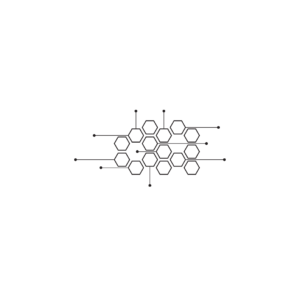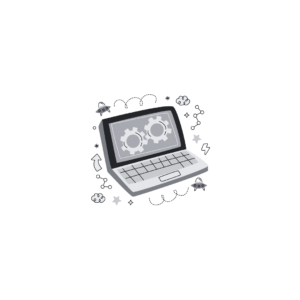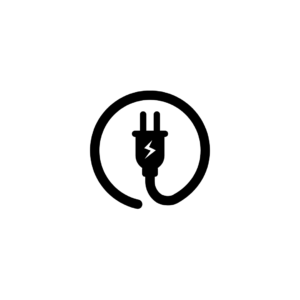Description
A Diploma Lateral Entry in Electricals & Electronics Engineering is designed for students who have completed a relevant technical diploma (such as in electrical engineering or computer science) and wish to specialize further in both electrical and electronics engineering. This program allows students direct entry into the second year of the diploma course, enabling them to build on their foundational knowledge with a comprehensive understanding of both fields.
Curriculum Overview
The curriculum for a Diploma Lateral Entry in Electricals & Electronics Engineering typically encompasses a mix of theoretical knowledge and practical skills. Here are some common subjects and areas of study you might encounter:
Fundamentals of Electricals & Electronics Engineering:
Introduction to basic concepts in electrical and electronic systems, including current, voltage, resistance, and power calculations.
Circuit Theory:
Analysis of electrical circuits, including Ohm’s law, Kirchhoff’s laws, and circuit theorems, focusing on both AC and DC circuits.
Electronics:
Study of semiconductor devices (diodes, transistors, operational amplifiers) and their applications in circuits.
Microcontrollers and Microprocessors:
Introduction to microcontrollers and microprocessors, programming basics, and their applications in control systems.
Digital Electronics:
Concepts of digital logic, including binary systems, logic gates, flip-flops, and combinational/sequential circuits.
Electrical Machines:
Analysis of different types of electrical machines such as transformers, motors, and generators, including their operation and applications.
Power Electronics:
Overview of power electronic devices and circuits, focusing on control of power using devices such as thyristors and inverters.
Control Systems:
Basic concepts of control theory, including feedback control, stability analysis, and dynamic response of systems.
Instrumentation and Measurement:
Study of instruments used for measuring electrical parameters and techniques for data acquisition and signal conditioning.
Communication Systems:
Introduction to the principles of communication systems, including modulation techniques and transmission media.
Embedded Systems:
Basics of embedded system design, including software and hardware integration for specific applications.
Project Work:
Hands-on experience in applying engineering principles to real-world problems, such as designing an electronic device or a small electrical system.
Career Opportunities
Graduates of a Diploma Lateral Entry in Electricals & Electronics Engineering have a wide range of career opportunities across industries such as telecommunications, manufacturing, automation, and power generation. Some potential job roles include:
Electrical & Electronics Engineer: Designing and developing equipment and systems that use electricity and electronic components.
Embedded Systems Engineer: Working on the design and implementation of embedded systems in various applications, such as consumer electronics and appliances.
Technician: Installing, troubleshooting, and repairing electrical and electronic equipment in various settings, including residential, commercial, and industrial.
Control Systems Engineer: Designing and implementing control systems for automation in industrial processes.
Power Systems Engineer: Working on the generation, distribution, and management of electrical power within various infrastructures.
Field Service Engineer: Providing support for electrical and electronic instrumentation and implementing solutions on-site.
Telecommunications Engineer: Focusing on the design and implementation of communication systems and networks.
Quality Control Engineer: Ensuring that both electrical and electronic components meet quality standards and specifications.
Research and Development Engineer: Engaging in the R&D of new technologies, products, or systems in electrical and electronics fields.
Sales Engineer: Providing technical expertise and support while promoting and selling electrical and electronics products.
Further Education
After completing the Diploma Lateral Entry in Electricals & Electronics Engineering, graduates may choose to pursue a Bachelor’s degree in Electrical Engineering, Electronics Engineering, or a related field. Additional certifications in areas such as embedded systems, telecommunications, or power electronics can further enhance career prospects and professional development.
If you have any questions about the Diploma Lateral Entry in Electricals & Electronics Engineering program, potential career paths, or any related topics, feel free to ask!









